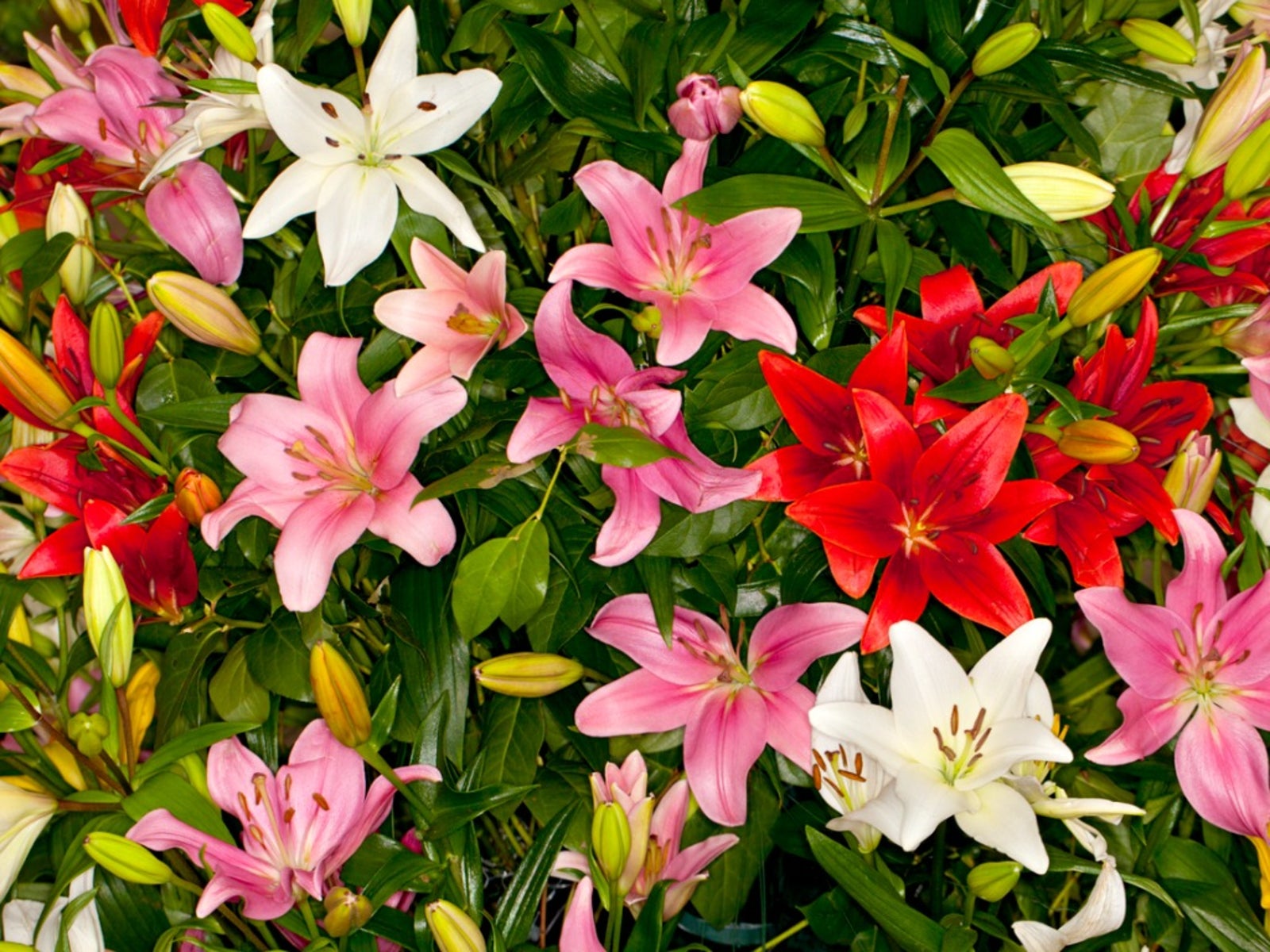Planting Asiatic Lilies: Information About The Asiatic Lily


Everyone loves lilies. Planting Asiatic lilies (Lilium asiatica) in the landscape provides the earliest lily bloom. Asiatic lily care is simple once you've learned how to grow Asiatic lilies. The secret to beautiful, long-lasting blooms is learning the right way to plant Asiatic lilies. You'll be rewarded with colorful and bountiful blooms on this prized perennial.
How to Grow Asiatic Lilies
Scout for a location and prepare the soil ahead of time when planting Asiatic lilies. Information about the Asiatic lily advises planting in a sunny to partly sunny location. At least six hours of sunlight is necessary for the Asiatic lily plant.
Soil should be well-draining, which may require the addition of organic material worked in several inches (8 cm.) deep. If you already have rich, organic soil in the area where you'll be planting Asiatic lilies, make sure it is loose and well-draining 6 to 8 inches (15-20 cm.) deep.
Bulbs of this lily should never sit in soggy soil. Work up sandy or clay soil by adding organic, well-composted materials. Peat moss, sand, or straw mixed into the beds before planting Asiatic lilies improves drainage.
Soil should drain well but hold moisture to nourish the growing lilies. Information about the Asiatic lily says they prefer soil to be slightly acidic as well.
Planting Asiatic Lilies
Plant these bulbs in fall, a few weeks before the winter brings freezing temperatures. This allows a good root system to develop. Bulbs of the Asiatic lily must have the winter chill to produce big blooms.
Plant the bulbs three times as deep as the height of the bulb, with the flat end down, then mulch lightly to retain moisture. In spring, plant short annuals around the lily bulbs to shade them.
Sign up for the Gardening Know How newsletter today and receive a free copy of our e-book "How to Grow Delicious Tomatoes".
Place in a location away from browsing deer; Asiatic bulbs are edible and deer will do just that if given a chance.
Asiatic Lily Plant Care
Fertilize your plantings for optimum bloom. If you have followed the steps above, the organic matter in the soil gives your plants a good start. You can top dress with slow-release fertilizer as well, or feed in early spring with fish emulsion, worm castings, compost tea, or a nitrogen plant food.
When buds appear on the Asiatic lily, feed with a high phosphorus food, or bone meal, to make blooms bigger and last longer. Fertilize in limited amounts, as too much fertilizer, even the organic types, can create lush green foliage and limit blooms. Proper care of your Asiatic lily bulbs goes a long way in creating a beautiful display.

Becca Badgett was a regular contributor to Gardening Know How for ten years. Co-author of the book How to Grow an EMERGENCY Garden, Becca specializes in succulent and cactus gardening.